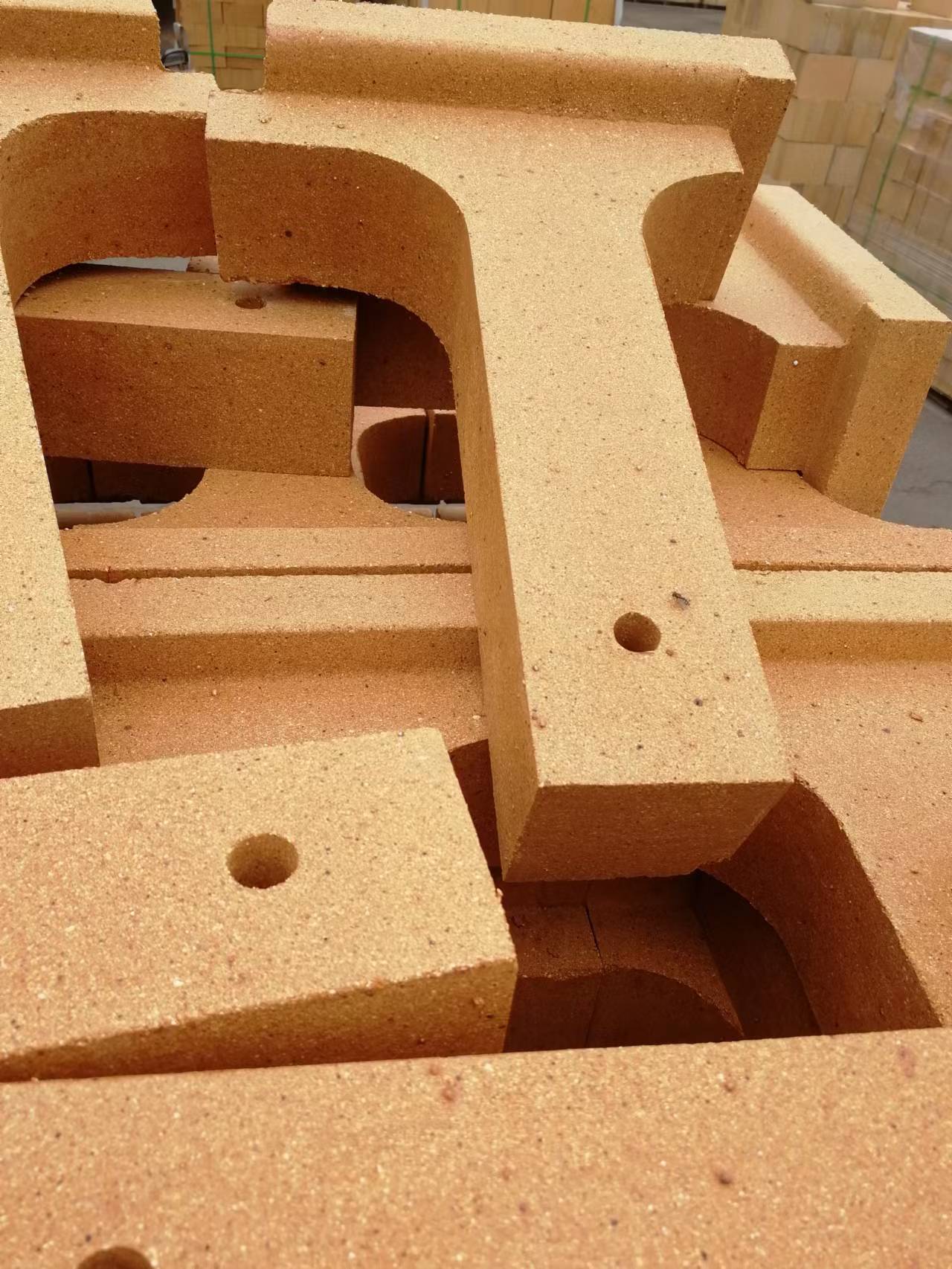Understand the characteristics of high alumina bricks and the causes of corrosion
Mar 13, 2024Understand the characteristics of high alumina bricks and the causes of corrosion
High alumina bricks are both refractory bricks and are one type of refractory bricks. They are made of alumina as raw material and have characteristics such as refractory resistance, slag resistance and reburning line changes. They are very popular among customers. However, in many cases, high alumina bricks are Corrosion will occur, such as due to high temperature, structural peeling, etc.
I. Characteristics of high alumina bricks
1. Refractory resistance
High alumina brick products are advanced varieties of aluminum silicate refractory products. Its refractory degree increases with the increase of Al2O3 content, and is generally not lower than 1750-1790℃. For example, corundum bricks with Al2O3 content greater than 95% have a refractoriness of up to 1900-2000°C.
2. Load softening temperature
The load softening temperature of high alumina brick products decreases with the increase in silica and alkali metal oxide content, but is higher than that of clay brick products, about 1420-1530°C. Al2O3. The load softening temperature of corundum bricks with a content of more than 95% can reach more than 1600°C.
3. Slag resistance
Since the aluminum oxide in high-alumina brick products is neutral and has a high content, such material products are resistant to the erosion of acidic and alkaline slag.
4. Thermal shock stability
In high-alumina brick products, when the temperature of the refractory bricks changes, stress concentration occurs due to the difference in expansion. Therefore, high alumina brick products have poorer thermal shock stability than clay brick products, and the number of water cooling is generally only 3-5 times.
5. Changes in reheat line
If the firing temperature of high alumina brick products is sufficient and the firing time is sufficient, the volume will be stable and the change in the refire line will be small; otherwise, residual shrinkage of clay brick products will occur, which is also caused by recrystallization.

II. Reasons for corrosion of high alumina bricks
1. Thermal and mechanical peeling, which is the irregular cracking of the refractory lining caused by the thermal stress and mechanical stress of the furnace. This results in rapid damage to the high alumina refractory brick lining.
2. Structural spalling, which is due to the penetration of molten slag and the temperature fluctuation on the heating surface causing structural changes. As a result, a unique metamorphic structural layer is formed at the interface between the original layer and the metamorphic layer. Cracks parallel to the heating surface are generated, causing the high alumina refractory brick lining to peel off and be damaged in layers.
3. Melt flow, which is due to the reaction with molten steel, molten iron and slag to produce substances with lower melting points. The resulting melt flow or wear is mainly caused by surface corrosion due to the generation of liquid phase.
4. In addition, the overall lining has cracks caused by the shrinkage of the high-alumina brick lining, and the brick lining shrinks due to the shrinkage of refractory products during use. The resulting expansion or pulling of seams is also the main reason for rapid local damage to the lining.